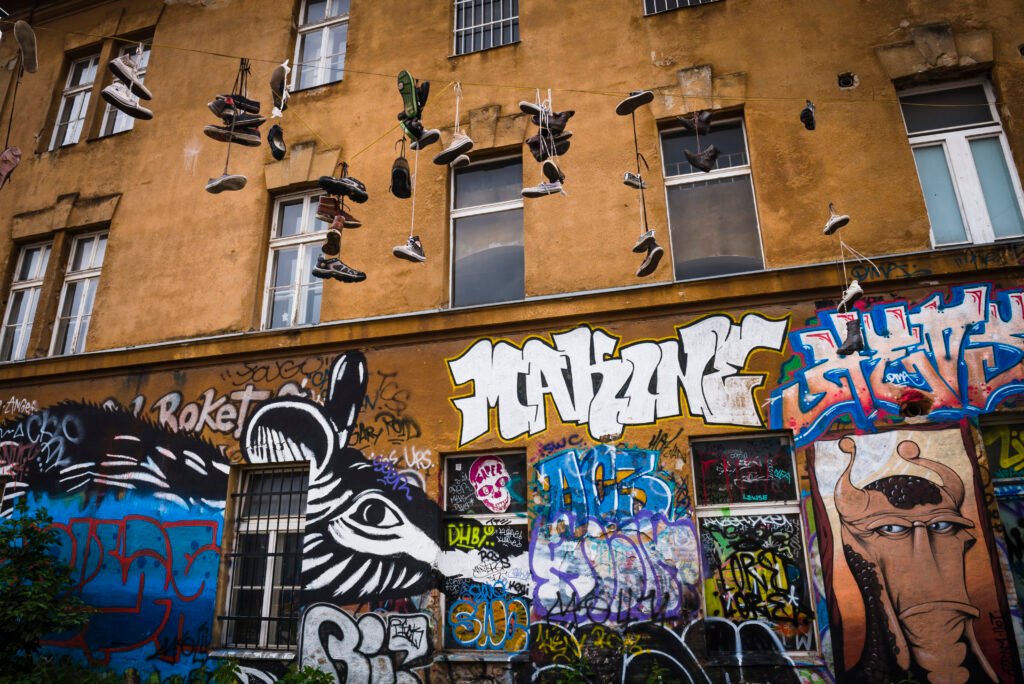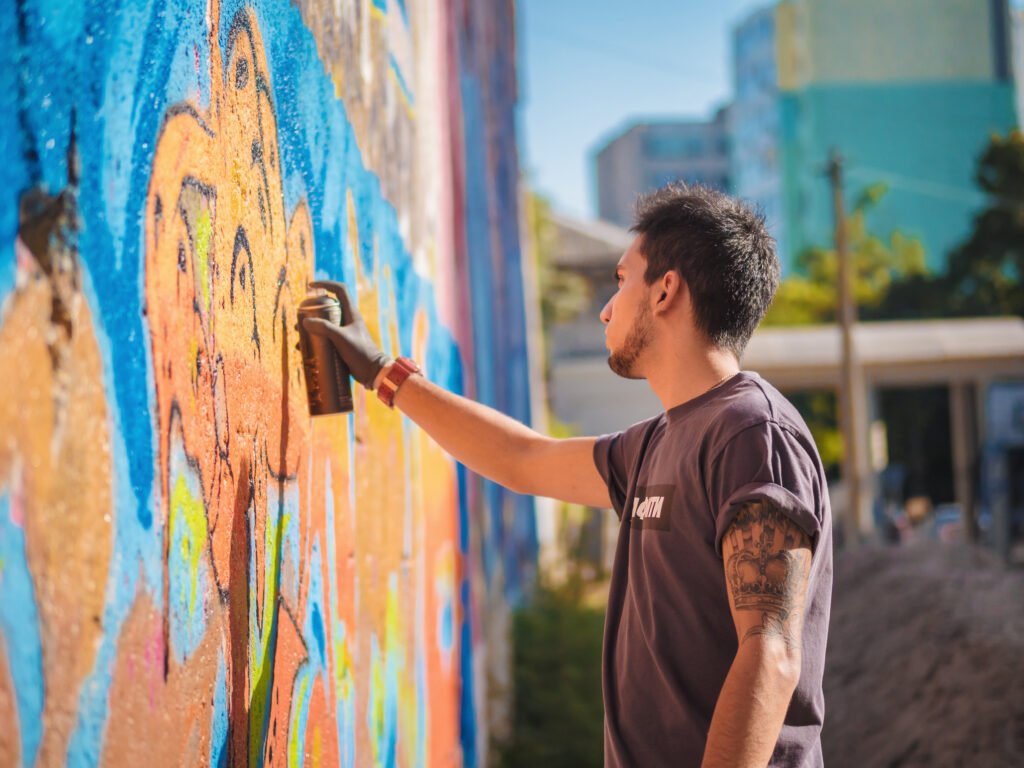21st-century art in urban outskirts represents resilience, collective creation, and social transformation. In neighborhoods often overlooked by cultural investment, powerful artistic initiatives emerge, blending emotional connections and collaborative networks. These expressions go beyond aesthetics, becoming vehicles of identity, protest, and empowerment.
In recent years, abstract art has found its place within these communities. Independent artists have used digital platforms to showcase their work and enable audiences to buy abstract art online, opening doors to new dialogues with collectors and increasing the visibility of diverse cultural narratives.
21st-Century Art: Affection as a Driving Force of Artistic Creation
According to the study Art and Social Change from the University of Manchester, published in 2021, emotional bonds are central to the art produced in urban outskirts. These works are born from daily life, collective stories, and the desire to portray experiences often overlooked by mainstream narratives. Urban aesthetics, when combined with abstract art, result in visual narratives rich in emotion and memory.

21st-century art in the outskirts does more than represent reality; it builds bridges between communities and inspires educational processes. Workshops and art collectives frequently combine graffiti, painting, and abstraction techniques, encouraging young people to find their voice through creativity. This mix of innovation and emotional depth captures the attention of those looking to buy abstract art, drawn by both its aesthetic and cultural significance.
The emotional power of these creations transcends local borders, reaching galleries, cultural fairs, and international abstract art marketplaces, where collectors seek authenticity and unique stories.
Collaborative Networks and Digital Expansion
Collaborative networks are key to the rise of art in 21st-century outskirts. Social media and online platforms have become the best places to buy art, as they create direct connections between artists and buyers. This direct contact democratizes access, removes intermediaries, and gives visibility to works that once remained confined to local neighborhoods.
According to the Art Market 2023 report by Art Basel and UBS, digitalization has revolutionized the circulation of artworks. Young artists from marginalized communities now use online tools to promote and sell their work, expanding their reach and redefining how art is consumed. This trend reinforces the idea that buying art online is not only convenient but also a way to support independent creators.
Additionally, cultural collectives have curated virtual exhibitions that blend urban aesthetics with abstract language. These initiatives demonstrate that technology is both a showcase and a form of resistance, allowing urban outskirts to claim their space in the global contemporary art scene.
Abstract Art and Cultural Identity
The presence of abstract art in urban outskirts highlights a language deeply connected to diversity and cultural memory. Each color, line, and texture can represent fragments of urban life, city sounds, or shared emotions. This creative freedom appeals to collectors seeking art for purchase that carries emotional resonance and social meaning.
Emerging artists such as Criola, Mulambo, and others explore abstraction by merging local influences with global references. Their works not only elevate urban culture but also challenge traditional notions of what defines valuable art.
As Nicolas Bourriaud states in Relational Aesthetics (2009), contemporary art is shaped by human interactions. In urban outskirts, this concept manifests through networks of mutual support, knowledge exchange, and the transformation of struggle into artistic expression.
21st-century art in urban outskirts challenges the idea that cultural production is limited to traditional spaces. It thrives on emotion, collaboration, and the capacity to transform local realities into global narratives.
For collectors and enthusiasts who choose to buy abstract art, each piece represents not just a work of beauty, but a testimony of resilience, creativity, and the collective power of communities on the margins.



